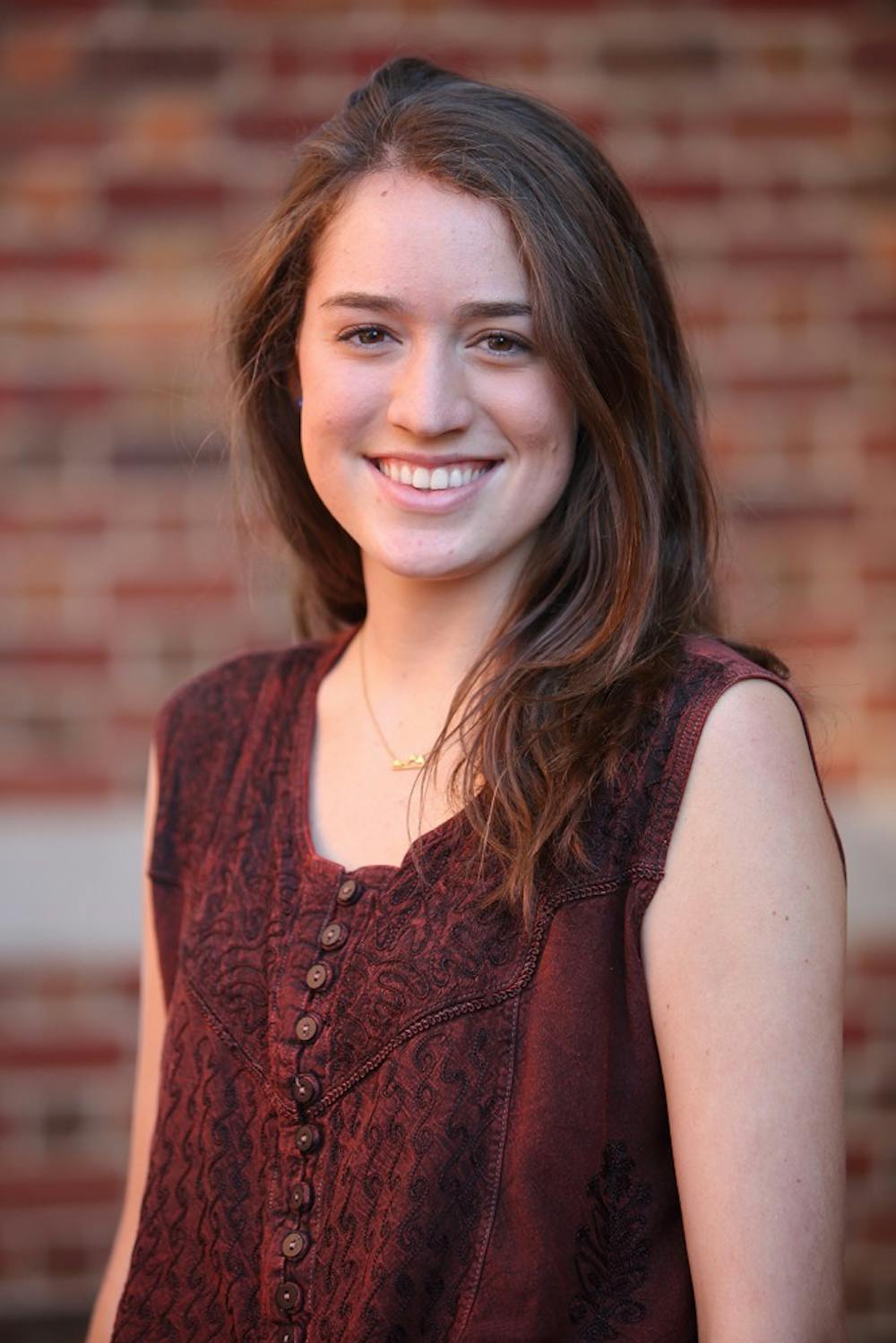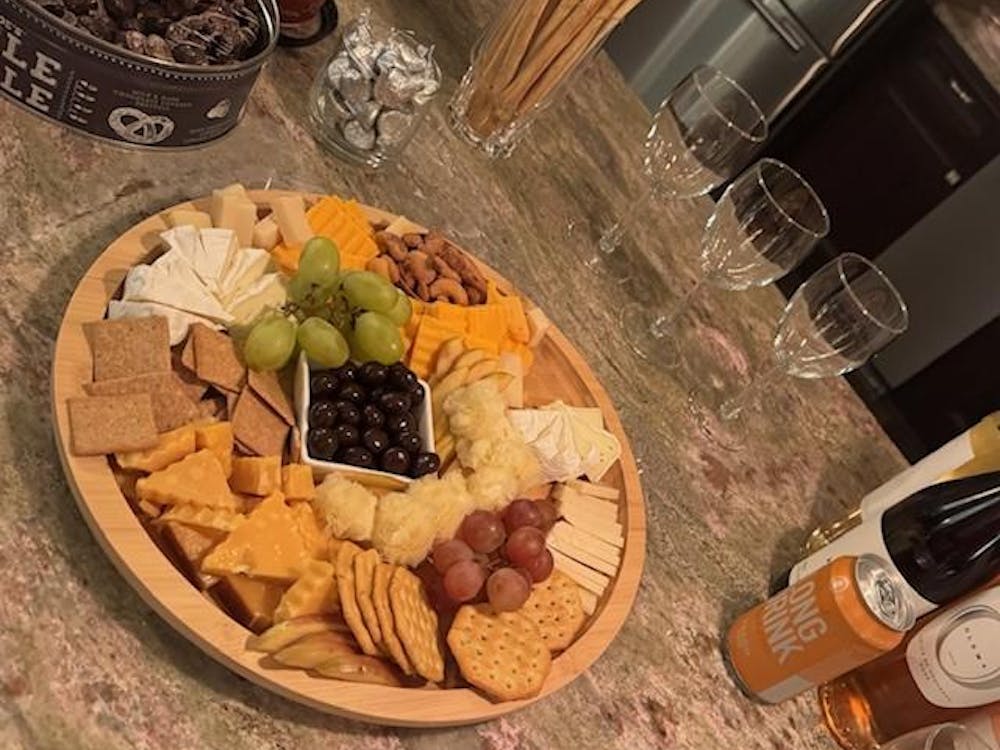With the bicentennial fast approaching, nearly every student knows our school has a very long and very complicated past. The students most in touch with the school’s history are likely the University Guides and zealous History majors, but what about everyone else? Historical understanding can help refine one’s relationship with a place. It can also inform future decision-making. Let’s see what one location on Grounds can help us understand.
Nestled between comparatively behemoth, red-brick academic buildings, on Grounds just north of Jefferson Park Avenue, there sits a collection of four, distinctly older houses. If you’re a Stadium Road dweller with a 9:30 a.m. class in New Cabell, maybe you’ve rushed down the unpaved path that lies between them without much thought of the brick and clapboard edifices housing various parts of the Office of African-American Affairs. Or maybe you’ve always wondered about them, each one different from the other, anomalous from the surrounding academic buildings by their charm.
The cottages make up a site today known as Dawson’s Row — not Creek — and the names of the buildings include the W.E.B. Du Bois Center and the Luther P. Jackson Black Cultural Center. But the name “Dawson’s Row” otherwise doesn’t have much to do with the four buildings standing there today.
In 1991, the University’s then History Officer Raymond C. Bice wrote, “Though Dawson’s Row is conspicuous in the history of the University ... Dawson’s Row is not mentioned by historians.” Oddly enough, Bice was right.
The name Dawson’s Row historically refers to six houses built in 1859 as new spaces for student housing. Martin Dawson — born the last of nine children in the 1700s and an Albemarle magistrate and one-time neighbor of Thomas Jefferson — gifted the University over 500 hundred acres in 1835. The school, selling the land right before the outbreak of the Civil War, used its newfound funds to expand dormitory options for students — those soon-to-be Confederate soldiers.
Nearly 90 years later, a 1938 University-created pamphlet imaginatively entitled “The Dormitories” detailed the living situations available to 20th-century students, many of whom were soon-to-be WWII soldiers. In this year, a student had five on-Grounds housing options — the Lawn, the Range, Randall Hall, the “Halls” (now known as Brown College) and Dawson’s Row. Furnished with “an enamelled iron bed with comfortable springs and mattress, a chiffonier, a table, a straight chair and a rocking-chair,” a double in a Dawson’s Row house went for $130 a year, modest in comparison to $250-a-year double apartments in Brown College.
Back then, when the application for living on Grounds included questions about one’s religion, several of the original Dawson’s Row structures had already been knocked down. All of them would be gone by 1953.
Then what are the still-standing buildings, if not part of what was properly named Dawson’s Row? Now denoted by numbers one through four, they’re the buildings that were next to the dorms.
The biggest brick one — Dawson’s Row #4 — was built in 1855 as a parsonage, the first building put on Grounds with a religious function. None other than the YMCA maintained the parsonage throughout the 20th century. The white houses known as Dawson’s Row #1 and #2 were constructed later — 1931 and after 1891, respectively.
It’s #3 with a less substantiated history. According to oral history, it dates from the 1790s, when James Monroe owned the land that would become the University. The small, white-brick building, with a single chimney jutting out from the roof, was possibly the dwelling space of people enslaved by Monroe. Today, it’s known as the Luther Porter Jackson Cultural Center, named for the African-American civil rights activist and historian who taught at Virginia State University for almost 30 years in the early 20th century.
In 1942, Jackson wrote an influential book about the occupations and property holdings of free African Americans in antebellum Virginia. Today, the University building bearing his name stands across the street from the archaeological site of the family home and burial ground of Catherine “Kitty” Foster, a free African-American woman who bought her own land in 1833, almost three decades before Dawson’s Row even existed.
On April 19, for one night only in the Albert and Shirley Small Special Collections Library, the students in a course called “Hands-On Public History” exhibited their curated projects about local African-American history. Among the crowd were descendants of some of the students’ subjects, in addition to other community members.
It was a cool sight — when students engage in local history, they engage with Charlottesville as a whole. Maybe there was a Dawson around.







